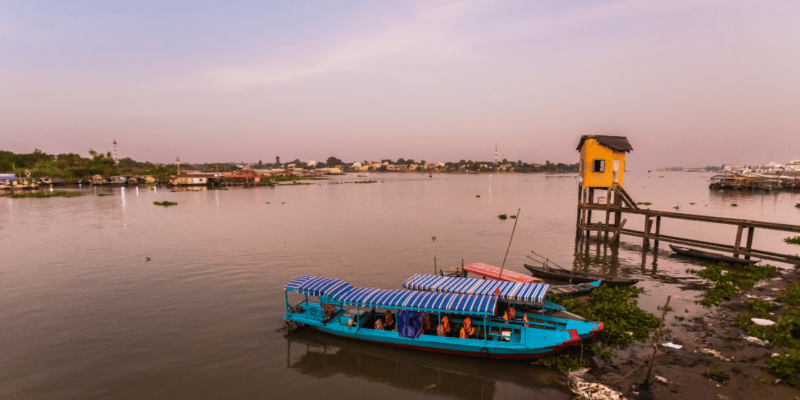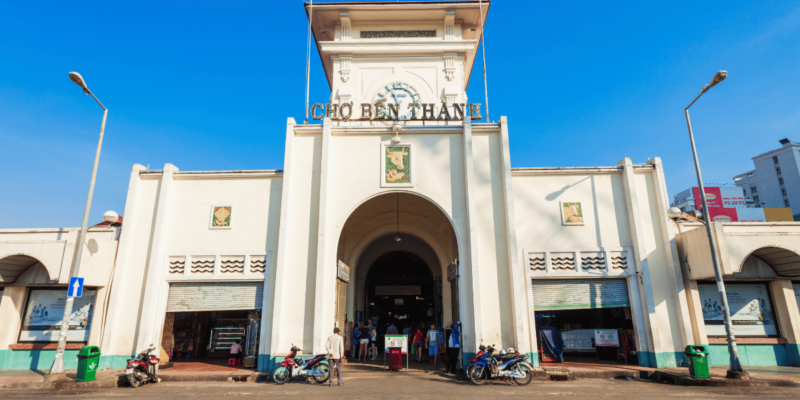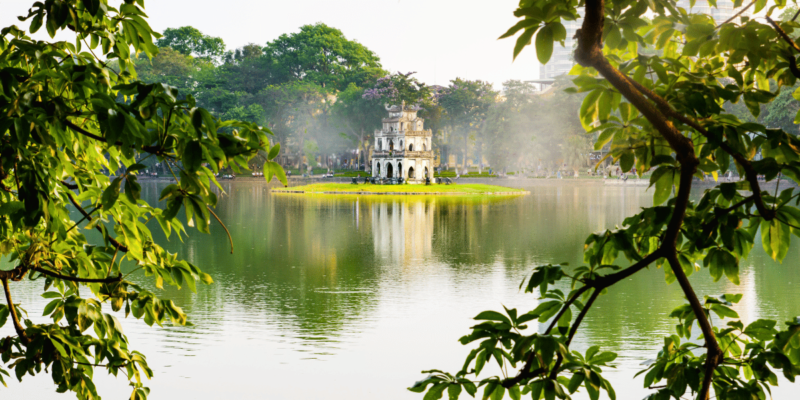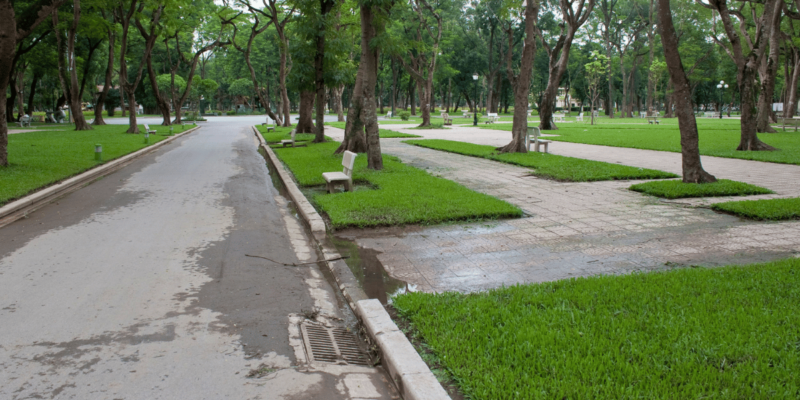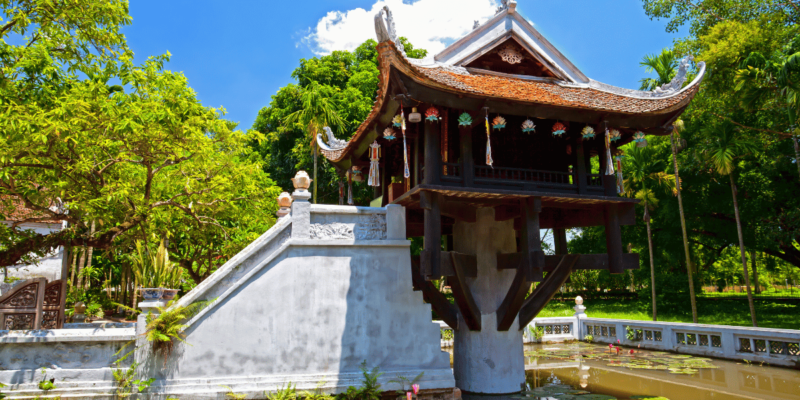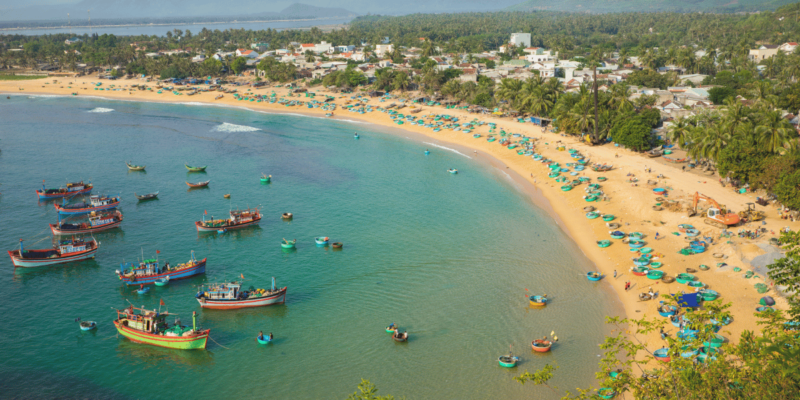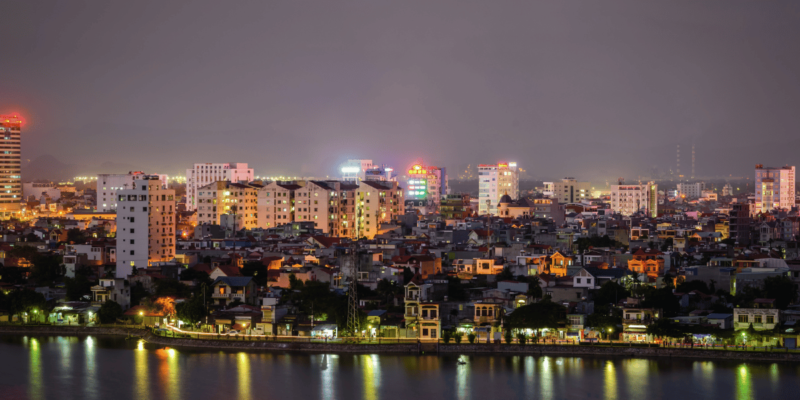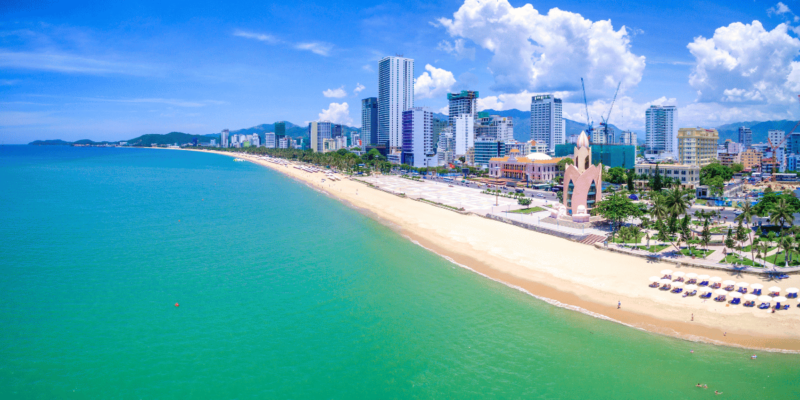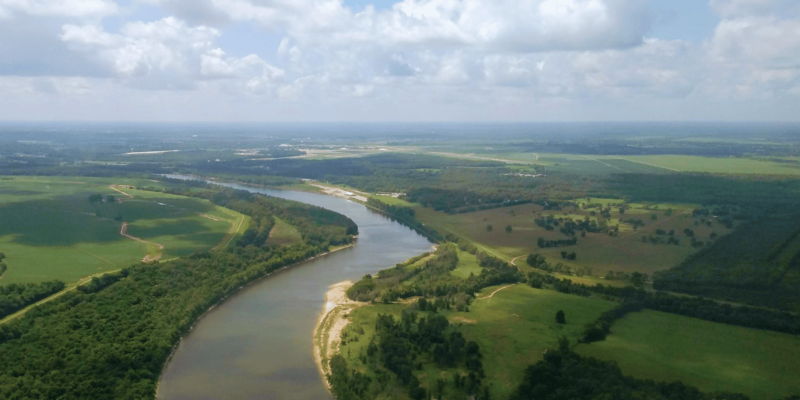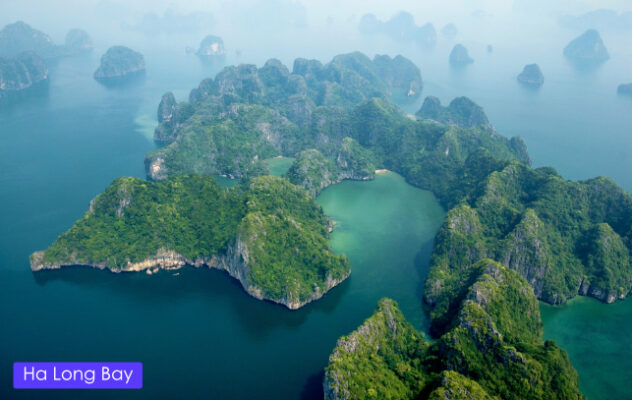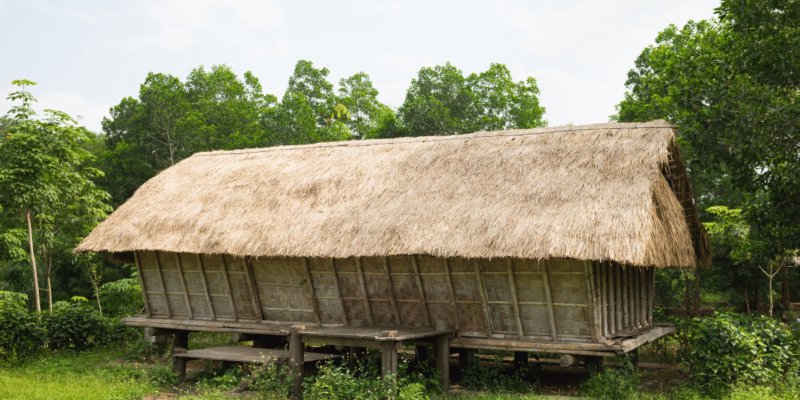Qui Nhon: A Hidden Gem in Vietnam’s Historical Tapestry
Qui Nhon, the provincial capital of Binh Dinh province, may not be as frequented by tourists as other Vietnamese cities, but its rich historical roots and developing amenities make it a fascinating destination for those looking to explore a less-traveled part of Vietnam. Recognized as a city in 1898, Qui Nhon’s history stretches back to the era of the Kingdom of Champa, making it a place steeped in ancient tradition and cultural significance.
Historical and Cultural Heritage The city’s historical significance is highlighted by its connection to the ancient Champa Kingdom, particularly through its old capital, Vijaya, located about 30 km north of present-day Qui Nhon. Although the grandeur of Vijaya ceased in 1471 following a siege by the Vietnamese, the remnants of its citadel offer a glimpse into the region’s storied past. Today, little remains of Vijaya except for a few walls and a tower, but these ruins are a testament to the area’s deep historical layers.
In addition to the ancient ruins, the province of Binh Dinh is dotted with Cham towers and monuments, including the Thap Doi Cham Towers within Qui Nhon itself. These structures, despite being engulfed by modern buildings, are exemplary of Cham craftsmanship and are conveniently located just two kilometers from the city center.
Natural Beauty and Strategic Importance Throughout history, Qui Nhon has held strategic importance, which was particularly evident during the Vietnam War when it served as a significant naval and military base. The expansion of its small fishing port in 1965 by the United States military underscores its pivotal role. Today, Qui Nhon is a bustling port city, with a quarter of a million residents and is expanding its reach to tourists and travelers with improved air links and accommodation facilities, including a newly-built international hotel that offers a serene getaway from the more crowded tourist paths.
Cultural Attractions and Local Experiences The Quang Trung Museum, located 45 km from Qui Nhon in Kien My village, commemorates Nguyen Hue (Emperor Quang Trung), a national hero who led the Tay Son Insurrection in the 18th century. Despite his short reign, Nguyen Hue’s legacy is cherished, and the museum dedicated to his memory provides insight into this pivotal period in Vietnamese history.
For those interested in spiritual sites, the Long Khanh Pagoda in Qui Nhon is notable for its impressive 17-meter-high Buddha and the intricately detailed ‘thousand-eyed and thousand-handed’ Goddess of Mercy statue.
Innovative Healthcare Approach An unexpected yet uplifting destination is the Qui Nhon Leper Hospital. Unlike typical institutions, this hospital provides a compassionate and innovative approach to care. Patients and their families live in comfortable chalets within beautifully maintained gardens and engage in handicrafts, creating an environment that challenges preconceived notions about leprosy treatment. Visitors often leave inspired by the positivity and resilience of the community.
Beaches and Leisure Qui Nhon’s beach may be modest in size, but it is complemented by the more appealing Qui Hoa beach, located approximately eight kilometers away. Interestingly, access to this beach involves passing through the grounds of the Leper Hospital, adding a unique aspect to the visit.
Conclusion Qui Nhon offers a rich tapestry of history, culture, and natural beauty, making it a compelling destination for those looking to explore the diverse facets of Vietnam’s heritage. From ancient ruins and historical museums to beautiful beaches and innovative healthcare, Qui Nhon represents a unique blend of the old and new, making it a must-visit for travelers seeking an authentic Vietnamese experience.

